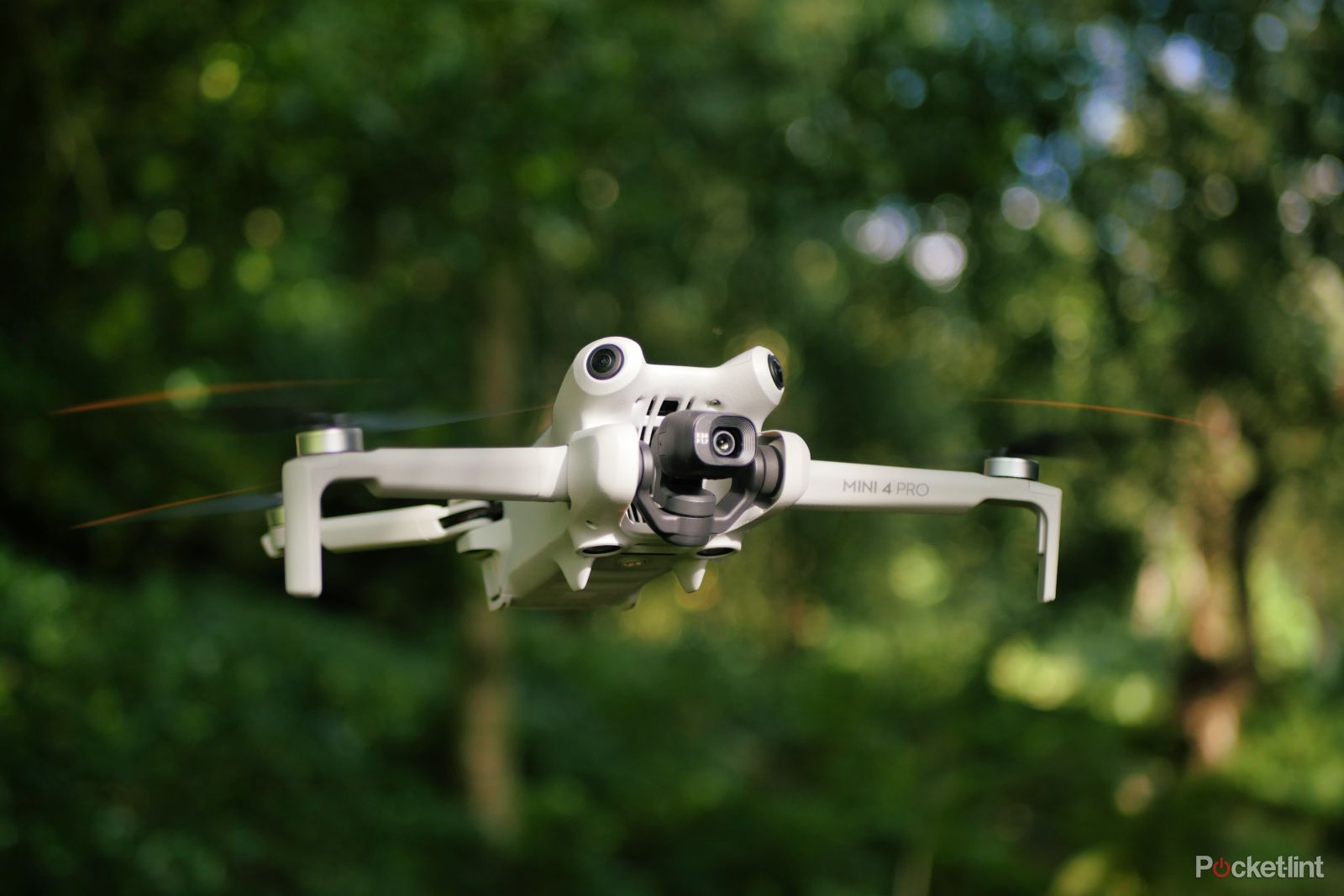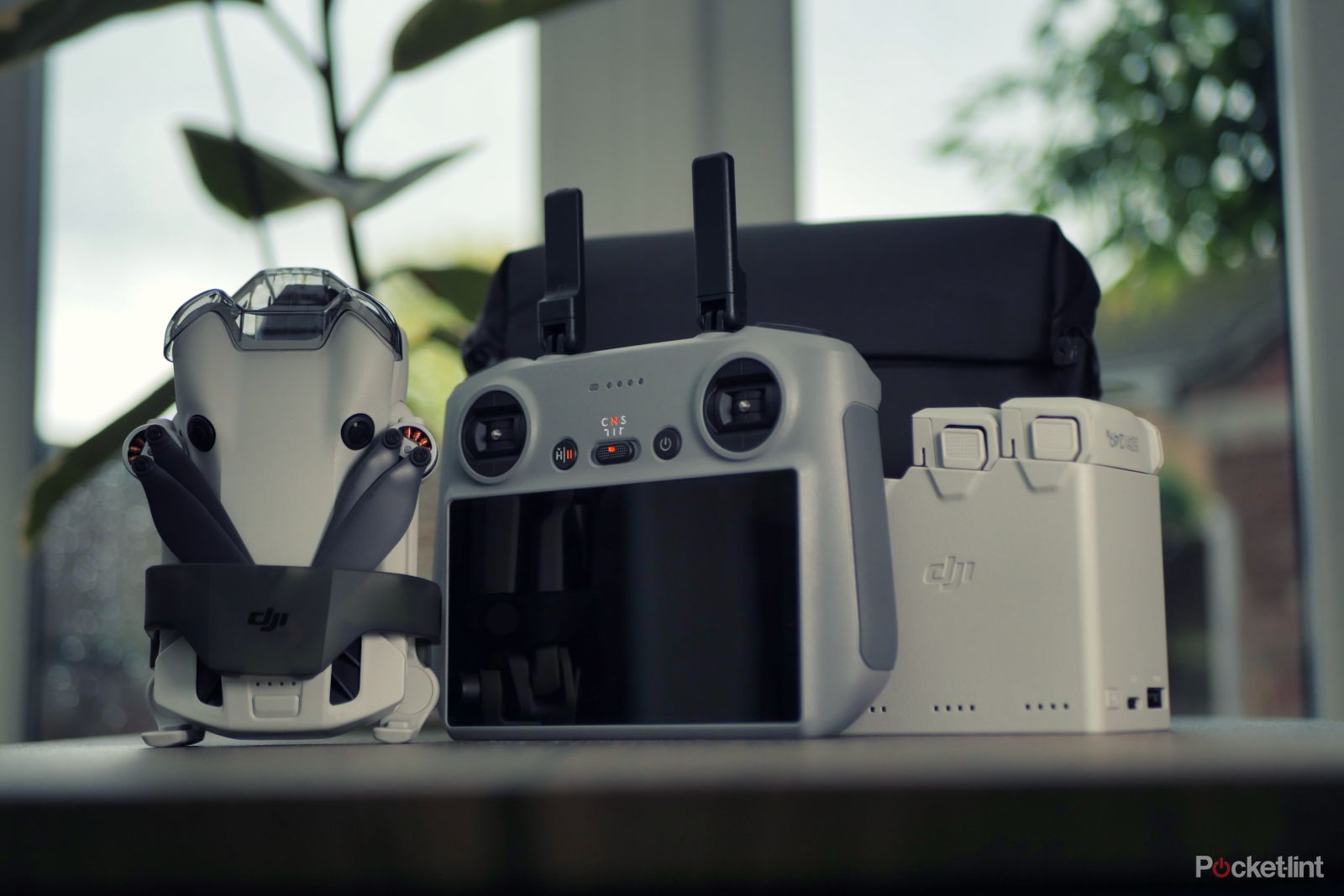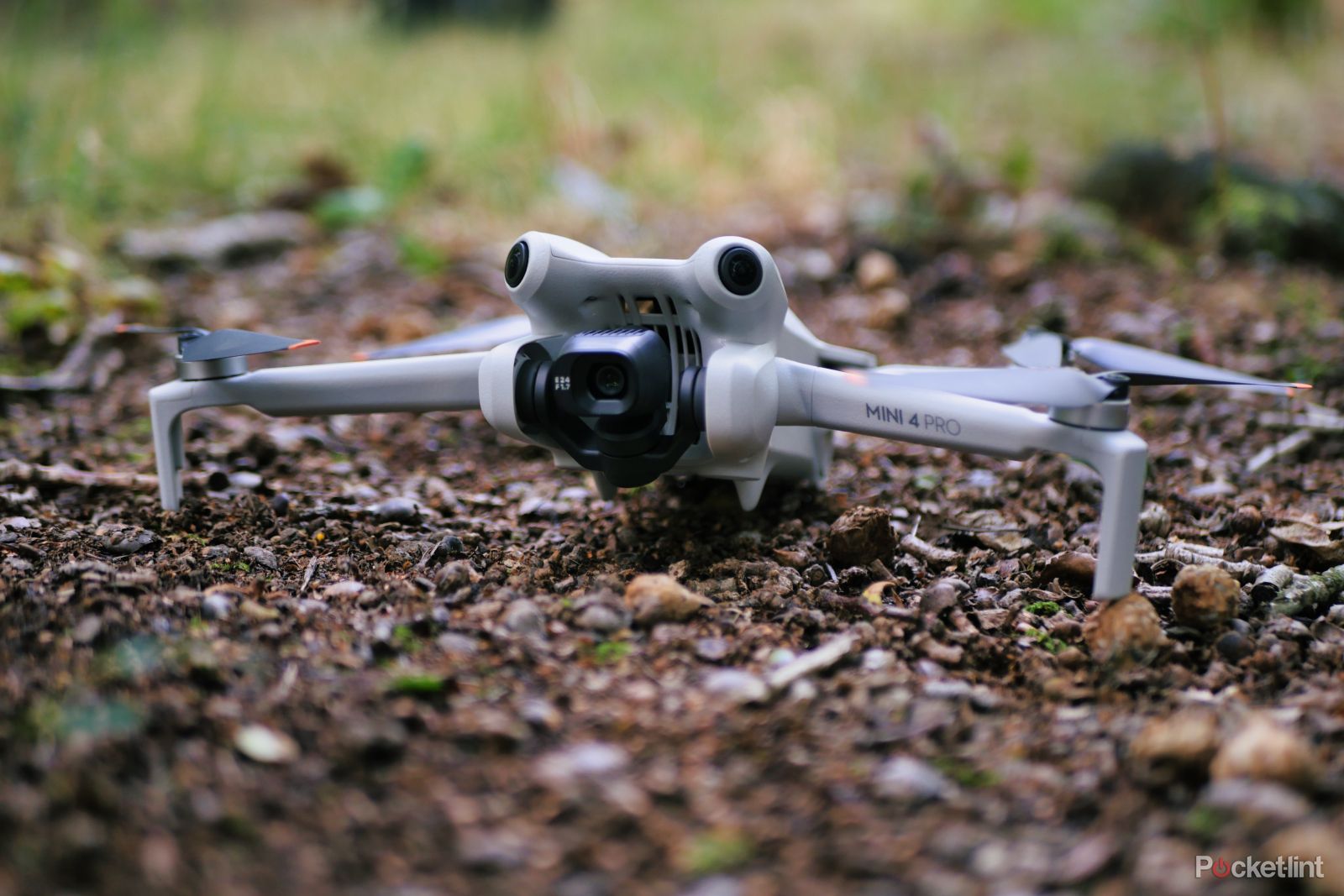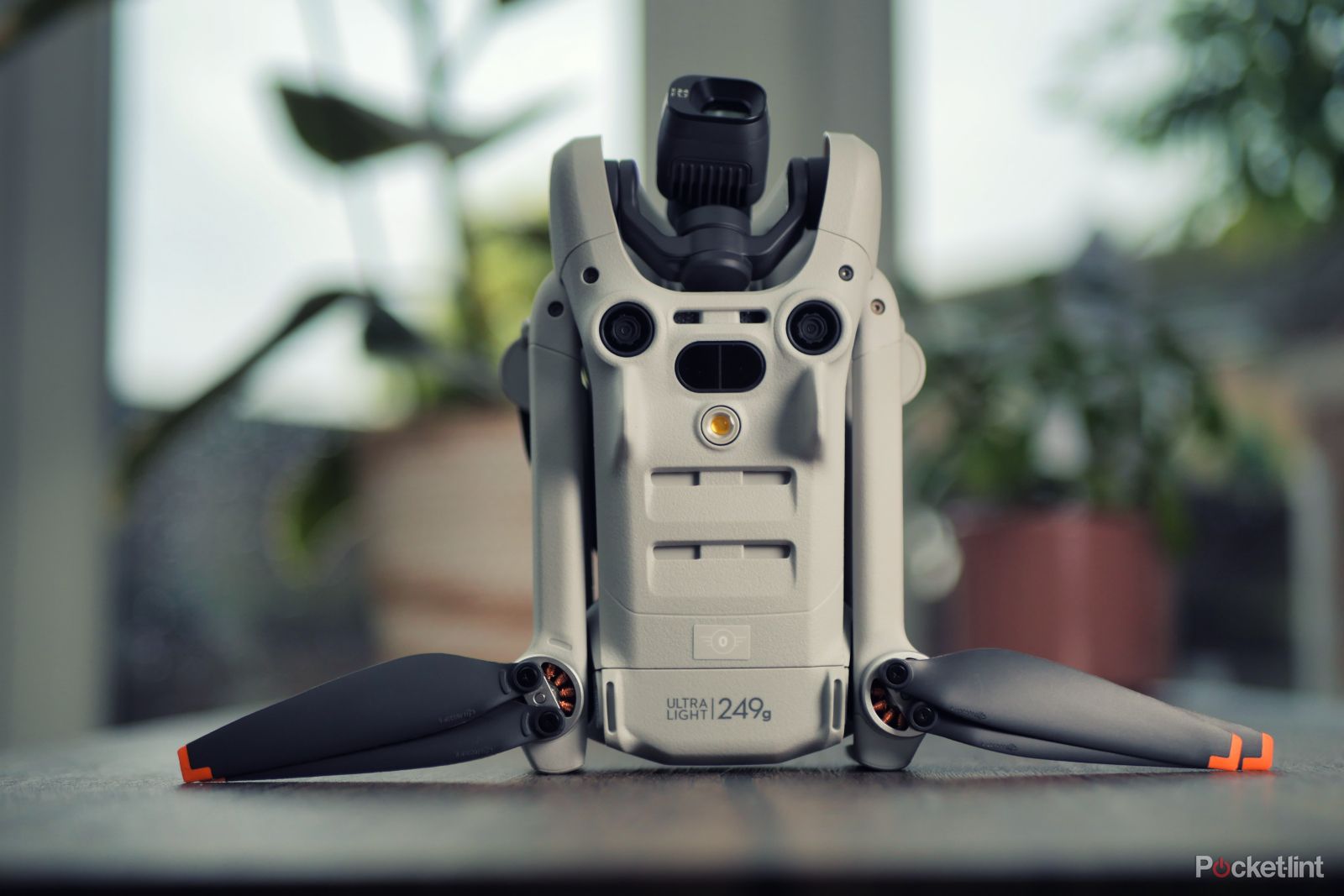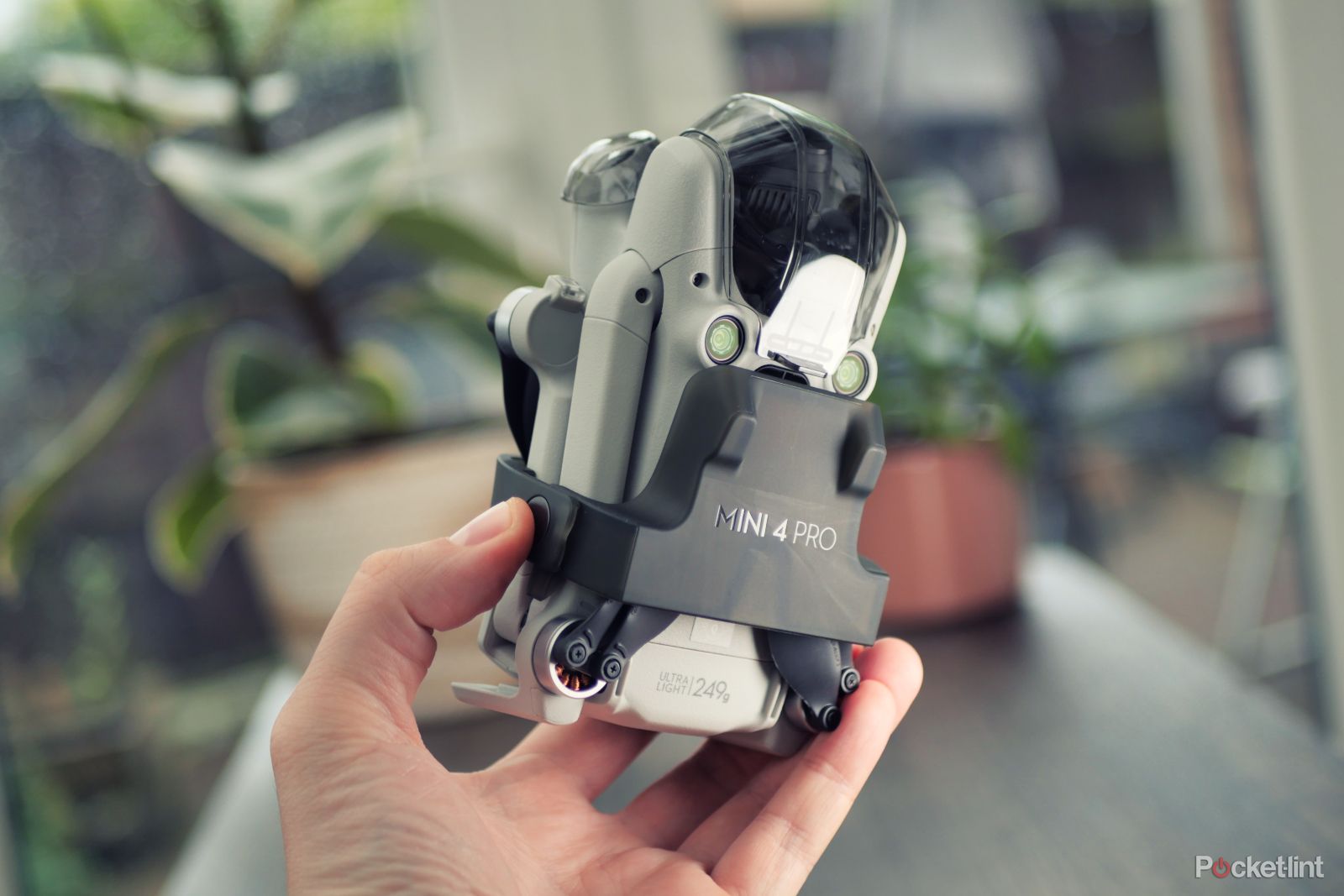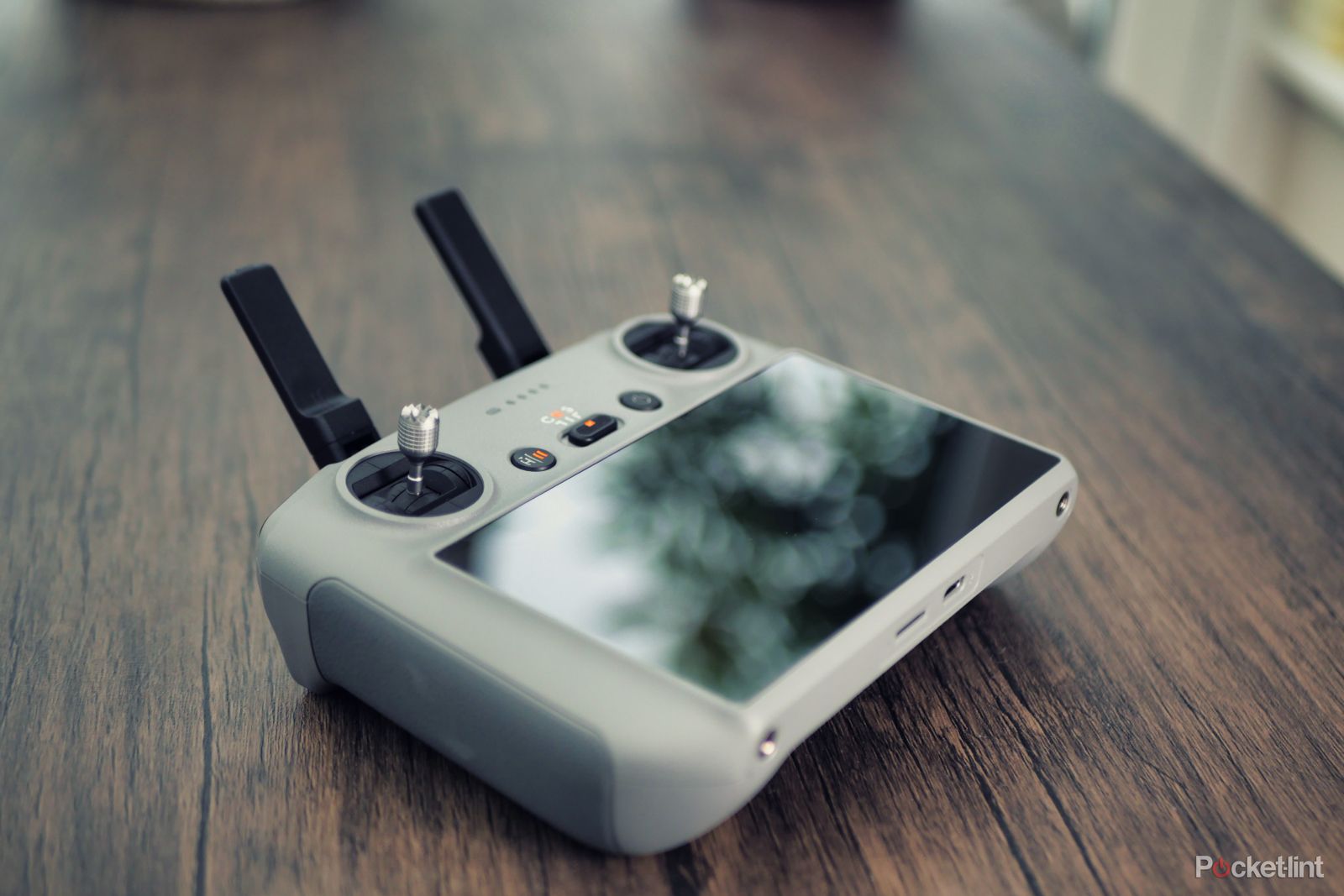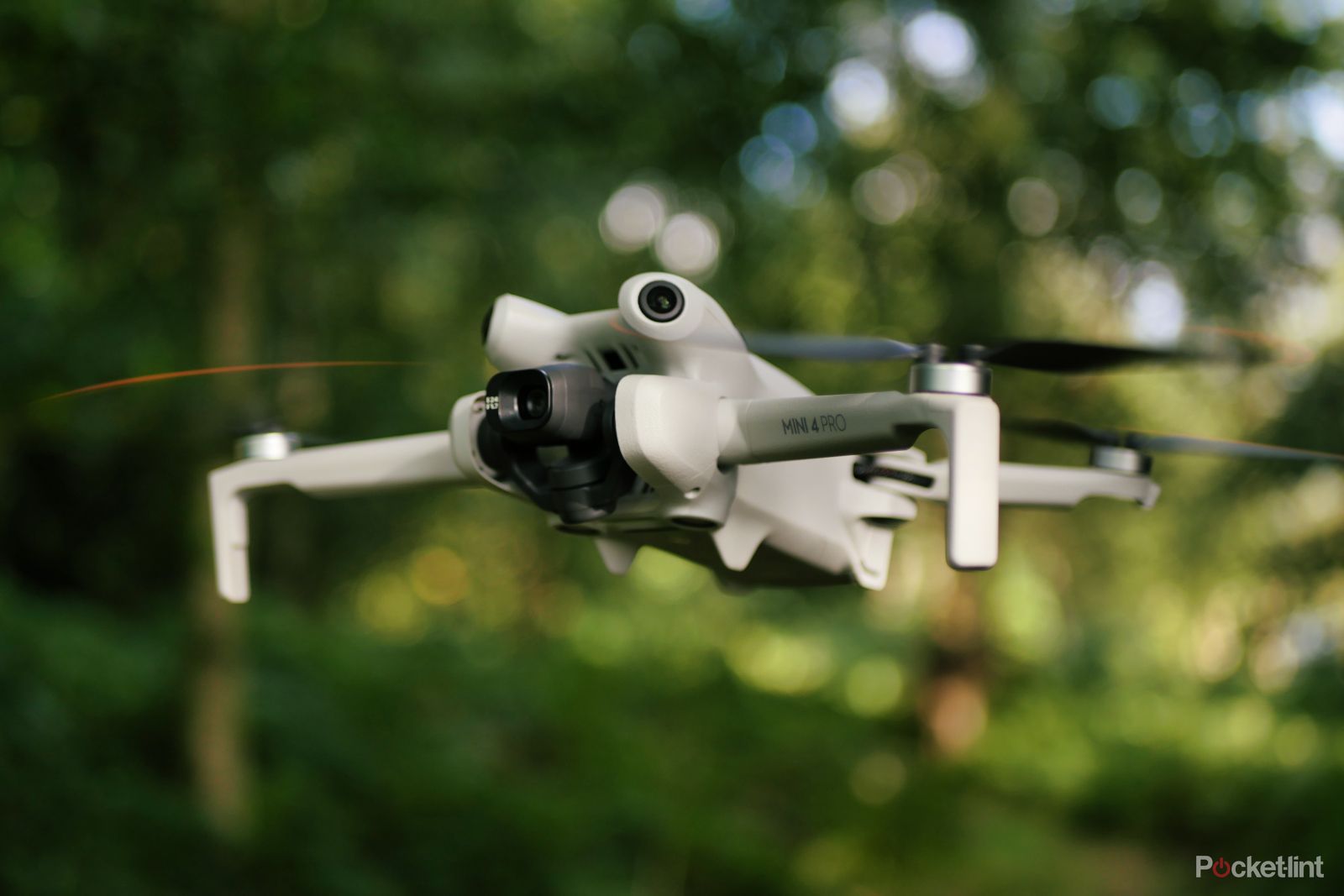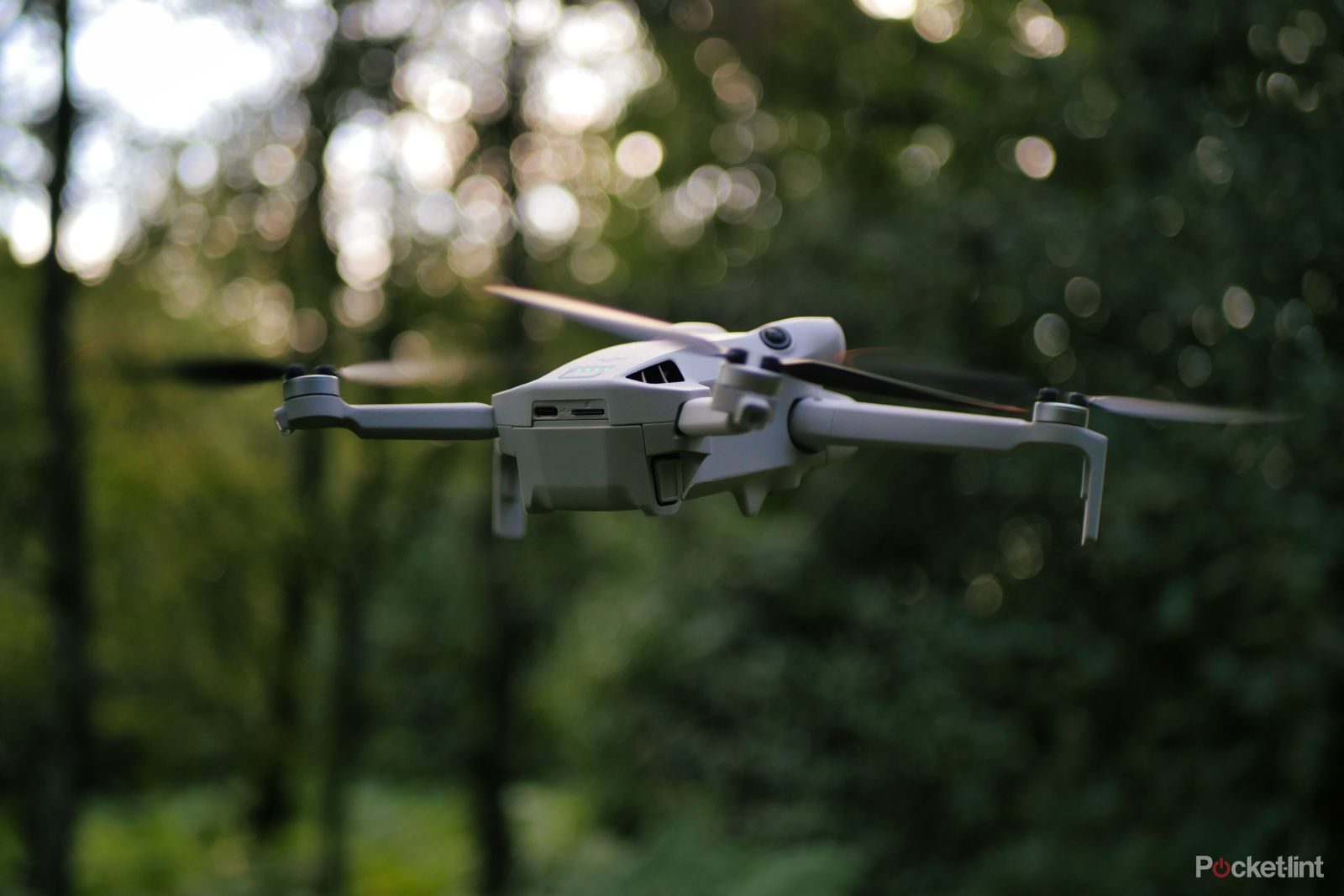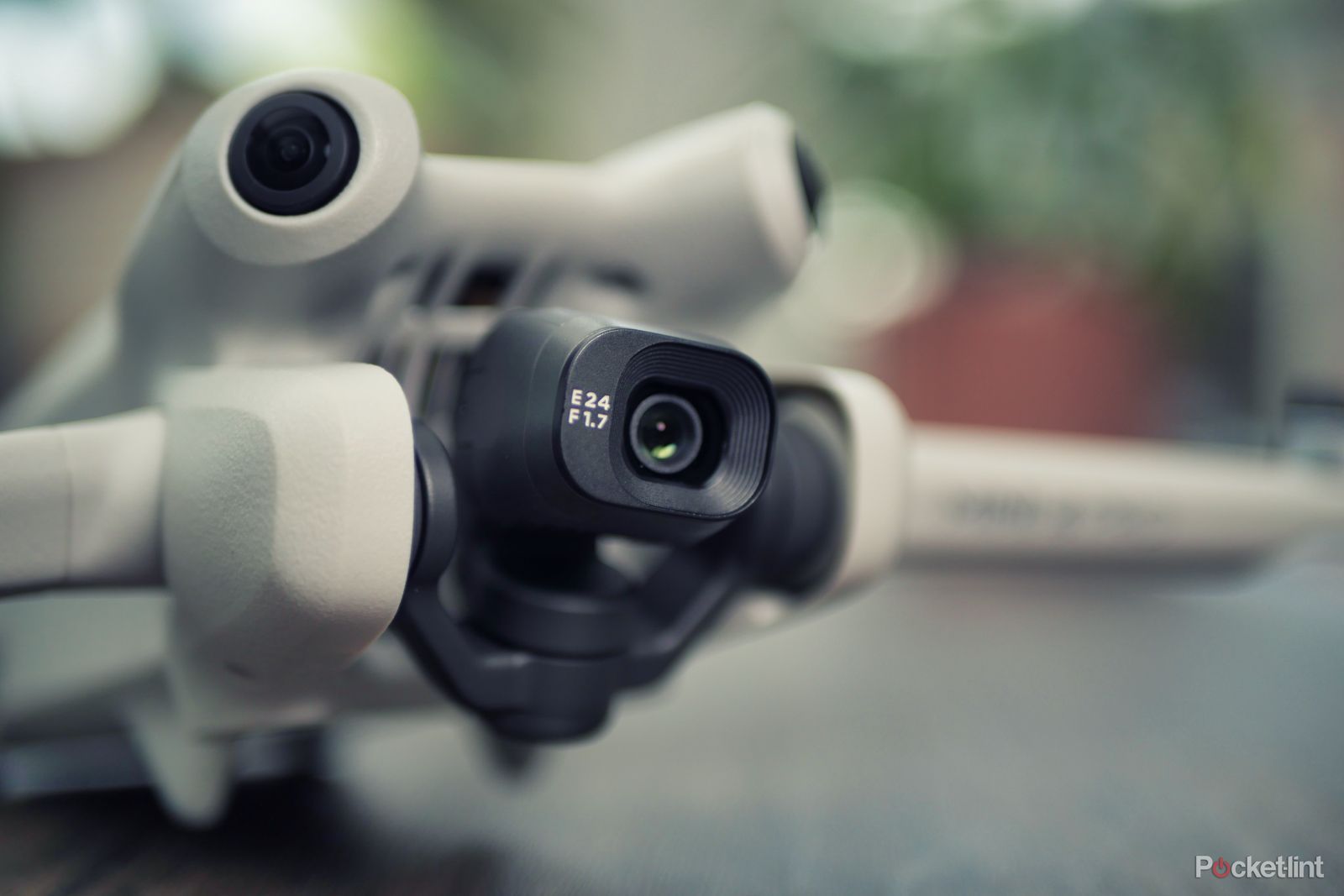The DJI Mini 3 Pro was my favourite drone of 2022, and possibly my favourite drone ever. It's compact and lightweight, which makes it great to travel with, and it's small enough that it doesn't come off as intimidating to those passing by. At the same time, it offers great image fidelity and enough professional features to be used for serious video work.
Now, though, its successor has arrived, and it promises to be even better. While it's not a drastic departure from the last generation, it adds omnidirectional obstacle avoidance, improved video features and a few quality-of-life features to refine the experience.
I've been flying with it for the last week or so to see what it's like to live with. Here's how I got on.
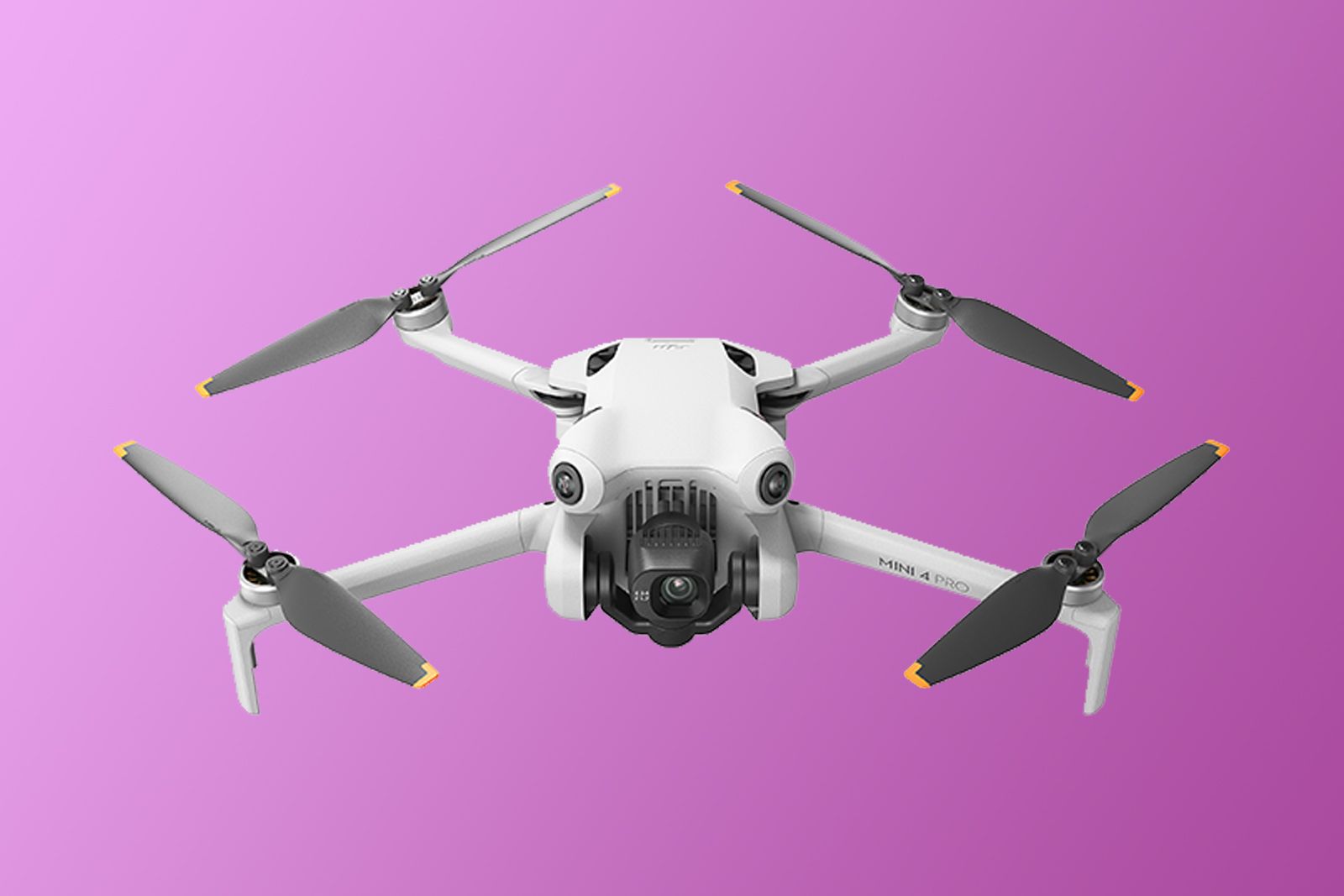

DJI Mini 4 Pro
The DJI Mini 4 Pro is all about refinement, rather than reinvention. It adds omnidirectional obstacle avoidance, better slow-motion capabilities, waypoint flights and D Log M to our favourite drone. The Mini 3 Pro was already amazing, and this is even better.
- Fully omnidirectional obstacle avoidance
- Up to 4K 100fps recording
- HDR video at up to 4K 60fps
- New feet for stable takeoff
- D Log M profile
- Not a massive upgrade over the previous model
- Still pricey
Choosing your options
As always, DJI offers multiple purchasing options for the DJI Mini 4 Pro. You can choose a Fly More Combo, which comes with two spare batteries, a 3-bay charger and a carrying case, or a standard package, which nets you the drone itself, a single battery and a controller.
Just as we've seen with the last few DJI releases, there are two controller options to choose between, as well. There's the standard phone-clamp style remote, that requires a smartphone with the DJI Fly app to work, or there's the DJI RC 2, which essentially has an Android phone built-in, negating the need for a phone.
It's important to note that as the DJI Mini 4 Pro uses the latest DJI O4 image transmission system, it's not compatible with DJI's older remotes. So, if you purchased the Mini 3 Pro with the DJI RC, you unfortunately won't be able to continue using it with the Mini 4 Pro.
Here are the available options and their pricing:
- DJI Mini 4 Pro with RC-N2: $759 / £689 / €799
- DJI Mini 4 Pro with DJI RC 2: $959 / £869 / €999
- DJI Mini 4 Pro Fly More Combo with RC 2: $1099 / £979 / €1129
Design
The DJI Mini 4 Pro looks a lot like the Mini 3 Pro that came before it. It's roughly the same size, the same colour and, crucially, it remains just under 250g. This low-weight design means that the DJI Mini 4 Pro swerves the majority of drone restrictions globally, and therefore can be flown in more places, and without registration.
There are, however, a few design changes to note. The Mini 4 Pro now has feet at the end of the front arms, matching the design of the Air 3 and Mavic 3 series. This is a great addition, as the Mini 3 Pro was a little unstable when taking off or landing on uneven surfaces. These little arms do a great job of keeping the quadcopter level in such situations.
Another obvious change is the new obstacle avoidance sensors. The forward-facing sensors now have bulbous fisheye lenses, and they're angled outwardly, rather than facing head-on. This clever design change means that the Mini 4 Pro can now detect obstacles in all directions using the same amount of sensors, it's a great bit of engineering.
On the base, you'll find that there's a new light, too. This looks a lot like the light that you'll find on the bottom of the Air 3, only it's much smaller. It's not designed to recreate scenes from Close Encounters, instead, it illuminates to add stability to low-altitude hovering in dark conditions. In all honesty, it's not something that's ever caused me much grief with the Mini 3 Pro, but then, I'm not usually flying in pitch-black conditions.
There's now a propeller protector included in the package in addition to the transparent plastic gimbal guard. It attaches like a sports watch strap and encircles the rear portion of the drone to protect the propellers during transport. It's a nice addition, but attaching it is a little more fiddly than I'd like. I'd say it's worth attaching if you're going on a trip, to stop the propellers from snagging on things in your bag, but if you're going to be taking your drone out frequently, you can probably leave it off.
My review unit came as the Fly More Combo with DJI RC 2. For the most part, it's the same kit that was available for the Mini 3 Pro, with the same bag, and a very similar 3-bay charging hub. What's changed is the remote, which is now the DJI RC 2.
As we saw with the DJI Air 3, the RC 2 is essentially the same as the RC but with two fold-out antennas on the top. Functionally, it works the same, and the display and button layout appear to be unchanged, too. The reason for the change is the new DJI O4 transmission system, and there is, unfortunately, no cross-compatibility.
The flying experience
In flight, the DJI Mini 4 Pro feels a lot like its predecessor. It's basically the same size and weight, offers roughly the same top speeds and flight times and is rated to handle the same amount of wind, too.
One thing that is new, though, is that you'll now see your drone's location on a map that's displayed on the controller (or the DJI Fly app). This is because the DJI Mini 4 Pro now supports waypoint flights.
If you like to have full control over your drone, this feature isn't likely to be one you'll take advantage of, but there are numerous creative endeavours that this unlocks. Since the drone can autonomously fly the same route at the same speed, it's perfect for taking timelapses that span seasons, or for special effects work. This isn't a brand new feature for DJI, but it's the first time I've seen it on a Mini, and it's a very welcome addition.
Of course, the other new feature that affects the flying experience is the inclusion of omnidirectional obstacle avoidance. If you're flying manually, this means you can confidently speed sideways in areas where you might not have dared with the Mini 3 Pro.
It also allows for fully featured ActiveTrack 360, which means that the drone can autonomously follow a subject from any angle, rather than being limited to following from behind like the Mini 3 Pro. Again, it's not something completely new, but it's something that I'm very happy to see make its way to the Mini.
As usual, DJI's tracking capabilities are extremely impressive, and the drone's ability to weave in and out of tree branches to keep up with the subject never ceases to amaze. There are limits, of course, but the small size of the Mini 4 Pro certainly helps when it comes to squeezing through tight spots.
Camera performance
The DJI Mini 4 Pro's camera system uses the same sensor and the same lens as its predecessor, so in many situations, you can expect nigh-on identical photos and videos.
There are, however, a few things that Mini 4 Pro adds to enhance this footage. The first is the inclusion of the D Log M picture profile. This is a much flatter profile than D Cinelike, which was the Mini 3 Pro's most gradable profile.
With D Log M, you'll be able to push the image further when colour grading and there should be better dynamic range, too. Crucially, though, D Log M is available on some of DJI's more advanced drones, like the Mavic 3 Pro. Now that you can select the same profile on both drones, mixing and matching footage will be much easier.
HDR video is now supported at up to 4K60, instead of 4K30, which is great if you need to slow your footage down a bit. If you don't need HDR, you can go way slower, and capture epic 4x slow-motion shots at 4K100.
In normal speeds, the footage from the Mini 4 Pro looks indistinguishable from the Mini 3 Pro, but that's no bad thing. The image is sharp, wonderfully stable, and the colours are great. If you know your way around colour grading tools, they can look even better on this model, thanks to the added flexibility of D Log M.
Verdict
Overall, the DJI Mini 4 Pro is not massively different to its predecessor. However, the changes made here are impactful ones. The biggest upgrade, for my needs, is the new obstacle detection setup, especially the additional ActiveTrack functionality that it enables. Better slow-motion capabilities and D Log M are really nice to have, too.
So, while the Mini 4 Pro doesn't reinvent the wheel, it adds useful features and a more refined experience to what was already my favourite drone. I can't imagine that existing users will rush to upgrade to this model, but for those investing for the first time, the Mini 4 Pro is the obvious choice.
It's an expensive drone, just as the Mini 3 Pro was, but I think it does more than enough to justify its price. It offers almost everything that DJI's larger and more expensive drones offer, but in a small package that's both easier to carry and has far fewer regulations to comply with. Plus, if you need something cheaper, I don't doubt that a non-Pro model will make its debut soon enough.

